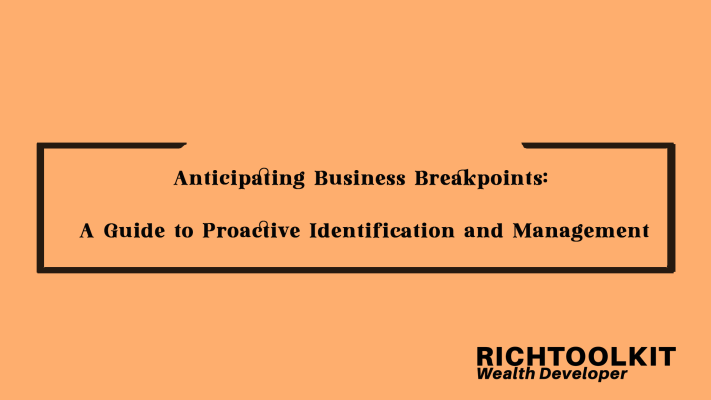business models, building business, business, Business Consultant, Business growth, Cash flow, Cash flow training, Exit-business, financial independence, Growth strategist, Income strategist, Investment, Investment classes, Investment training, Mentor, Mergers, royalty business model, Sales consulting, Strategic planning, types of business
The types of business models

Author: Mohammad.Shams I Reading time: 3 minutes
Business models describe the way a company creates, delivers, and captures value. There are various business models, each with its unique approach to generating revenue.
Here are some of the most common types:
Is artificial intelligence a business model?
No, artificial intelligence (AI) is not a business model on its own; rather, AI is a technology that can be integrated into various business models to enhance efficiency, improve decision-making processes, and create new opportunities. AI is a tool or a set of technologies that businesses can leverage to achieve specific objectives within their chosen business model.
Business models define how a company creates, delivers, and captures value. AI can be incorporated into different business models to bring about innovation, automation, and improvements in various aspects of operations. Here are a few ways AI is integrated into different business models:
Subscription Model with AI Enhancements:
Companies offering subscription-based services (such as SaaS) may use AI to enhance the features and capabilities of their offerings, providing more personalized and intelligent solutions to subscribers.
E-commerce with AI Recommendations:
E-commerce platforms often employ AI algorithms to analyze customer behavior and preferences, providing personalized product recommendations. This enhances the customer experience and can lead to increased sales.
AI as a Service Model:
Some businesses offer AI services as a standalone product. This could include providing access to pre-trained models, AI development platforms, or AI-powered tools on a pay-as-you-go basis.
Data Monetization with AI Analytics:
Companies may leverage AI to analyze large datasets and extract valuable insights. These insights can be monetized by selling them to other businesses or using them to inform strategic decision-making.
AI in Manufacturing and Operations:
Manufacturing businesses can integrate AI into their operations for predictive maintenance, quality control, and process optimization. This enhances efficiency and reduces costs.
AI in Financial Services:
Financial institutions can use AI for fraud detection, risk assessment, algorithmic trading, and personalized financial advice, adding value to their existing business models.
AI in Healthcare:
Healthcare providers can integrate AI into their services for diagnostics, treatment planning, personalized medicine, and administrative tasks, improving patient outcomes and operational efficiency.
AI in Advertising and Marketing:
Businesses in the advertising and marketing industry can use AI for targeted advertising, customer segmentation, and campaign optimization, improving the effectiveness of marketing efforts.
In summary, AI is a technology that can be strategically incorporated into various business models to enhance processes, create new revenue streams, and provide unique value propositions. It serves as a tool to drive innovation and efficiency within existing business models rather than being a standalone business model itself.
Recommended for further reading:





